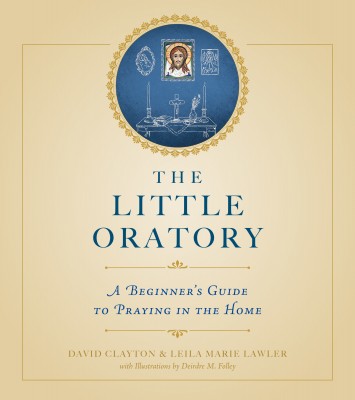 Today, I'm honored to present the following interview with David Clayton and Leila Marie Lawler, the authors of the bestselling new book The Little Oratory: A Beginner's Guide to Praying in the Home. This book is truly a gift for anyone looking to enhance his or her prayer life. I know you'll find David and Leila's responses to be edifying and do urge you to bring this book into your own home. LMH
Today, I'm honored to present the following interview with David Clayton and Leila Marie Lawler, the authors of the bestselling new book The Little Oratory: A Beginner's Guide to Praying in the Home. This book is truly a gift for anyone looking to enhance his or her prayer life. I know you'll find David and Leila's responses to be edifying and do urge you to bring this book into your own home. LMH
Q: Please briefly introduce yourselves and your families.
David: I am an Englishman who converted about 20 years ago. I work as Artist-in-Residence and Lecturer in Liberal Arts at Thomas More College of Liberal Arts in Merrimack, NH. I married quite late in life and recently. My wife is Edna and I have a daughter Victoria who us just over two years old. So I contributed aspects that apply to single people and reinforce the idea that the single life is a good life too - I was a bachelor for a long time - and to those parts for very young children; but Leila as a mother and grandmother Leila is much stronger on the family aspects of the book.
Leila: I am Leila Marie Lawler. I write at Like Mother, Like Daughter, a blog that attempts to keep the collective memory and to restore common sense -- and beauty -- to home life. Underlying the practical aspects of the blog is the Liturgical Year of the Church -- the order and wonder of our faith. I am married to the journalist Philip F. Lawler, and we have seven mostly grown children and so far, 5 grandchildren. We live in a big old house in Central Massachusetts with my mother, whom we call Habou. We have a dog, Roxie, and a cat, Farouk.
Q: Please describe The Little Oratory and share what prompted you to write this book.
David: I was interested in a couple of things - promoting a prayer life in the home and for lay people that is organized around our worship of God, so this means promoting the Liturgy of the Hours. When I converted I was faced with a vast array of different prayers, devotions and practices and I didn't know where to start. It was overwhelming. Once I discovered the Liturgy of the Hours it became the bridge that connect the Mass to the rest of my prayer life and practise of the Faith and daily living. When I organised things around it, I knew what was important and what was less so and suddenly the load really was light and I really felt the prayer was helping me in a busy life. So I wanted to pass that on to any who felt the same.
There was another aspect for me. As part of my experience as an artist, I had investigated the ways that artists seek inspiration traditionally through their prayer and found that prayer with the whole person, especially visual imagery but also considering posture, chant, incense occasionally, was very important for developing an humility and openness to inspiration. This is where I got the ideas for the prayer corner with sacred images as a focus for prayer in the home. I realised that in fact this prayer life for the creation of beauty, was the same as the traditional prayer and worship that the Church had been urging all of us to do and engenders personal transformation for all. I thought that if people at home and especially families could adopt this it might be the basis for a creativity in all that we do, even the mundane, so that it could be a springboard for the re-establishment of a culture of beauty and for the New Evangelization.
Leila: The Little Oratory is a book that grew out of a practical need to express to husbands and wives, mothers and fathers, the crucial and original role that they have in forming themselves, their children, and indeed the world according to faith. Like everything else in the Catholic faith, this task has a profoundly universal dimension but can also be expressed very concretely -- in the place in the home where the family can find the focal point of their spiritual life -- the Little Oratory. We also wanted to help people to find, in the Liturgy of the Hours, the solution to the fractured, overwhelming proliferation of “things to do,” spiritually speaking. In the Liturgy of the Hours, we find that the Church prays for us and with us, connecting us to the Eucharistic Liturgy throughout the day -- that is, connecting us to Jesus Christ.
Q: For our readers who may not already know, what is an "oratory" and why is this concept important for today's Catholic families?
David: Oratory just means 'House of Prayer' coming from the Latin, orare - to pray. It is often used as a less common name for a church and especially in connection with the order the Oratories of St Philip Neri. I have a soft spot for these Oratories because the beautiful liturgy and the London Oratory was very influential in my conversion. I also felt it was right for the book because I think it is good that our houses, where we live, can be a house of prayer also and so become a home. It promotes the idea that the prayer in the home should be an overflowing of the prayer in the church into our daily lives - all should be ordered by this liturgical principle.
When we suggested it to the publisher, they thought that people wouldn't know what the word meant so considered not using it. Then we thought that if the sub-heading said enough, it would explain what the book was for and then people could understand the term Oratory. Sub heading A Beginner's Guide to Prayer in the Home.
Leila: In the Catechism of the Catholic Church, we find this statement:
2691 The church, the house of God, is the proper place for the liturgical prayer of the parish community. It is also the privileged place for adoration of the real presence of Christ in the Blessed Sacrament. The choice of a favorable place is not a matter of indifference for true prayer.
- For personal prayer, this can be a "prayer corner" with the Sacred Scriptures and icons, in order to be there, in secret, before our Father. In a Christian family, this kind of little oratory fosters prayer in common.
- In regions where monasteries exist, the vocation of these communities is to further the participation of the faithful in the Liturgy of the Hours and to provide necessary solitude for more intense personal prayer.
- Pilgrimages evoke our earthly journey toward heaven and are traditionally very special occasions for renewal in prayer. For pilgrims seeking living water, shrines are special places for living the forms of Christian prayer "in Church."
We were struck, as we were searching for an all-encompassing term for the traditional (but almost lost) prayer table, home altar, or icon corner, by the felicity of the expression “little oratory.” “Oratory’ simply means a place to pray! “Little” helps us to make this place of prayer in the home something that expresses the family characteristics and spirituality, not to mention design sense and taste. It can be as small as a crucifix and a candle and as elaborate as an Eastern icon wall with censors and many icons. But it’s “little” in the sense that it doesn’t replace the altar in the Church -- it connects to it from the home.
As the Catechism article points out, the little oratory is a place where the family finds it easy to pray in common -- something so important for their spiritual growth -- as well as to live the Liturgical year. The family is, in the words of St. Augustine, the Domestic Church. Children learn to pray there or the Church will have a hard task to teach them later.
Q: What are some of the challenges for families looking to increase the pattern of prayer in their Domestic Churches? How do you address these issues in your book?
David: Wow, what a question! There are too many to mention. I think that everyone feels that an ordinary life of work an living as part of society makes huge demands and however much you try, you can't schedule prayers without feel some tension between the two in the struggle to fit everything in. What we do is try to explain the hierarchy of the different prayers and devotions. They are not all equally important or powerful. Once you know that then you have a sense of what to drop first, and what has priority. Sometimes we suggest possible substitutions that work when you are busy and definitely cant stop everything to pick up a breviary. This harmony in prayer then becomes a pattern that harmonises with all everyday living and actually makes it easier rather than competing with it.
Leila: Families have the challenge of having to find the pattern of prayer pretty much completely on their own. There are very few helps for them. Continuity is lost. This is ironic and sad, since in actual fact everything is in place! It’s just a matter of helping them access it with a realistic understanding of the normal ups and downs of family life, the busy-ness of our culture, and the sense of isolation most experience. That is what the book is trying to provide! With the practical goal of setting up this little prayer table or home altar, the family finds that many difficulties solve themselves. The task finds focus and the gradual implementation of a prayer life ideally suited to the particular family finds itself underway.
Q: What encouragement would you give families who may feel as though the concept of a true "Oratory" in their home is too great a challenge?
David: We are very clear, I hope, in telling people how to start gradually and in such a way that you go from where you now. Never get discouraged if you don't get it done, just try and do your best. For some people, their lives are so full of responsibilities and demands that they will never do more than this. and that is fine. Many find that beginning like this seems to create time. An order is gradually introduced into our everyday lives that means that one changes in response to the other (ie prayer life and everyday living) and both benefit.
Leila: We have a whole chapter to address difficulties and to offer encouragement! On my blog, I often say, “If I can do it, so can you!” And that is because I’m a convert who had no models for understanding this simple, traditional way of creating one’s Domestic Church: the home with its pattern of prayer. You can say that my own failures and struggles are my best (well, only) credentials, but they should give hope to anyone who feels that they are missing something or can’t get it right. It’s never too late to start and it’s not a matter of perfection. It’s a matter of simplicity and trust in the home itself as established by God.
Q: How is this book relevant for readers who are single?
David: As a single person you will be able to find space and time at home a little easier. These ideas for prayer will work very well. Then the various societies that we are part of - perhaps we share with other singles, and work, college, etc are affected. We are personally transformed and then through our personal interactions we take that out to all the relationships we have, whether deep or apparently superficial and always for the better for the other too (often in ways which we are unaware of and despite ourselves , we just interact intuitively in a different way). We can be very great forces for the New Evangelisation, drawing people to the Faith through the beauty of our live. You might of heard of St Therese of Liseau's Little Way in which she tried to make every little mundane act one of love, well this is the Little Way of Beauty, We have an ideal of the possibility of graceful and considerate action in what we do and the radiance of it, its beauty, strikes those who see it.
Leila: Although we emphasize the family as the basic unit of God’s plan for evangelizing the world, starting in the home, there is definitely a place for a single person in the scheme of things. Everyone must live in a home! The person living alone will experience great consolation in having a little oratory to center his or her life of prayer. And as we’ve seen, families find themselves so isolated these days, with pressures on them that they find difficult to manage. A single person will act with great charity by putting himself at the service of a family, helping them to realize their call to become the Domestic Church.
David: I painted the colour images, which are in traditional styles and can be detached and framed - they are in standard sizes. Then we explain how to set up an icon corner in the home and pray to it. All are chosen as images that are fully sacred according to the ancient traditions that govern icons and all other traditions of sacred imagery of the Roman Church equally.
The illustrations at the beginning of every chapter are line drawings in iconographic or gothic styles that illustrate in some way the theme of the chapter. We thought also that they could be photocopied and used for children to colour in so that they start to be inculturated in our traditions. The other incidental illustrations are done by Deirdre and compliment the running text very well, I think - help the understanding of the explanations we are making.
Leila: For David, the book turned on the idea of providing the actual artwork that could make the prayer table, home altar, or icon corner a reality. His wonderful icons, so beautifully reproduced, take the book from another how-to manual to a veritable kit for achieving what the reader might otherwise not be able to manage. It isn’t easy to find beautiful religious art, and David has given the purchaser of the book all he really needs! Plus, the full-page black and white drawings offer another dimension. They serve as a gloss on the chapters; they also provide, when copied (or downloaded from the Sophia website), a tool for teaching children to develop their eye for beauty. They can be colored and traced. The little drawings scattered throughout the text are done by my daughter, Deirdre Folley. As David, Charlie McKinney (the publisher), and I were talking over the form the book would take, I immediately knew the value of such illustrations and knew that she had to do them for us. There is something about a little line drawing that makes the words real -- that opens up the imagination to understand what is being explained. Basically, together we made a book I would have wanted to read. We have definitely found that people respond very well to the drawings!
Q: Are there any additional thoughts or comments you would like to share with our readers?
David: I think that as a father, this is something that dads especially might find helpful. There is a crisis of fatherhood at the moment and this book describes the different roles of fathers and mothers in prayer in the home. As a result we make prayer a masculine thing once again - especially through our ideas about using very simple traditional chant applied to the vernacular. By this, I believe also that it will encourage vocations to the priesthood because boys will associated prayer with men and especially have a picture of the men leading in prayer, which is the right role for the father we believe (assuming that it is possible for him to do so - not always so depending on the situation).
Leila: Ultimately, we hope the book will proliferate amongst the newly married, the newly converted, those who find themselves new parents, those who are searching for a way to catechize their children… As a mother, as a friend, as a catechist, and as a blogger, I have always tried to express to everyone the elegance of the Liturgical Year, by which I mean its holy ingeniousness and simplicity. Gradually, over many years of trying, I have come to realize how the little oratory and the Liturgy of the Hours are the keys to living the year with the Church, and living the year with the Church is the key to the spiritual life and growth in faith. In the end, we just wrote a book that could express this in the most accessible way we knew how -- without, we hope, adding burdens! Only lightening them and making things as simple and beautiful as they ought to be -- as our Church teaches us.
Copyright 2014 Lisa Hendey
About the Author
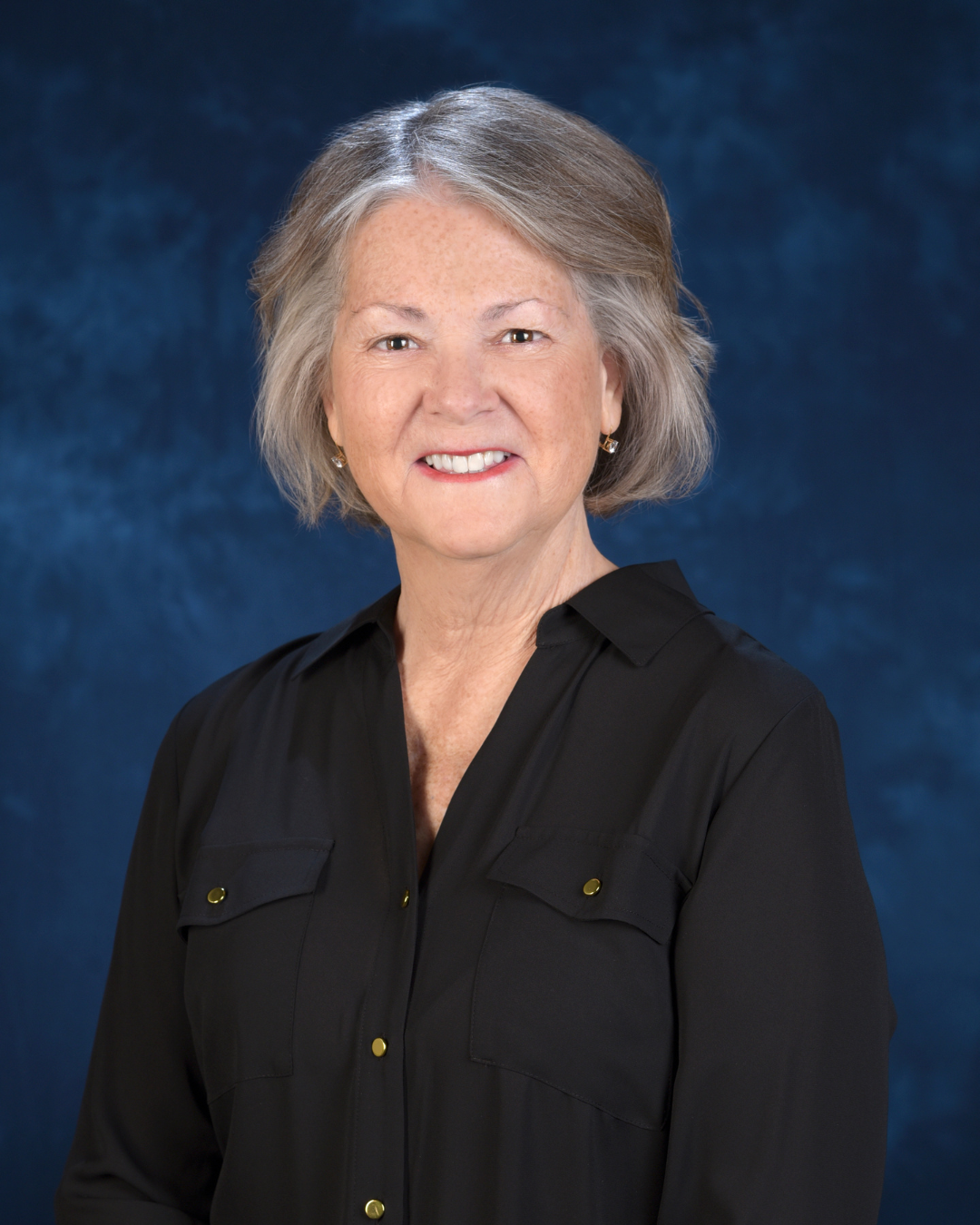
Lisa M. Hendey
Lisa M. Hendey is the founder of CatholicMom.com, a bestselling author and an international speaker. A frequent radio and television guest, Hendey travels internationally giving workshops on faith, family, and communications. Visit Lisa at LisaHendey.com, on her Substack at LisaHendey.Substack.com, or on social media @LisaHendey for information on her speaking schedule or to invite her to visit your group, parish, school or organization. Find Lisa’s books on her Amazon author page.

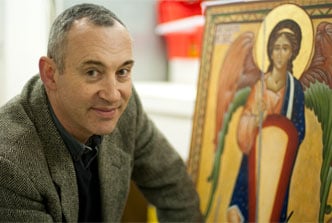
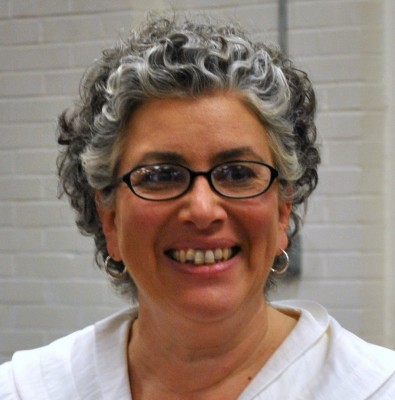
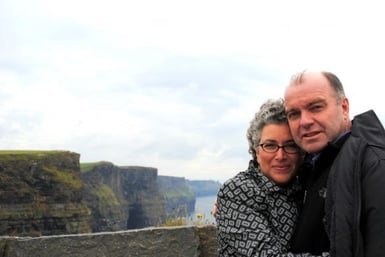

.png?width=1806&height=731&name=CatholicMom_hcfm_logo1_pos_871c_2728c%20(002).png)
Comments